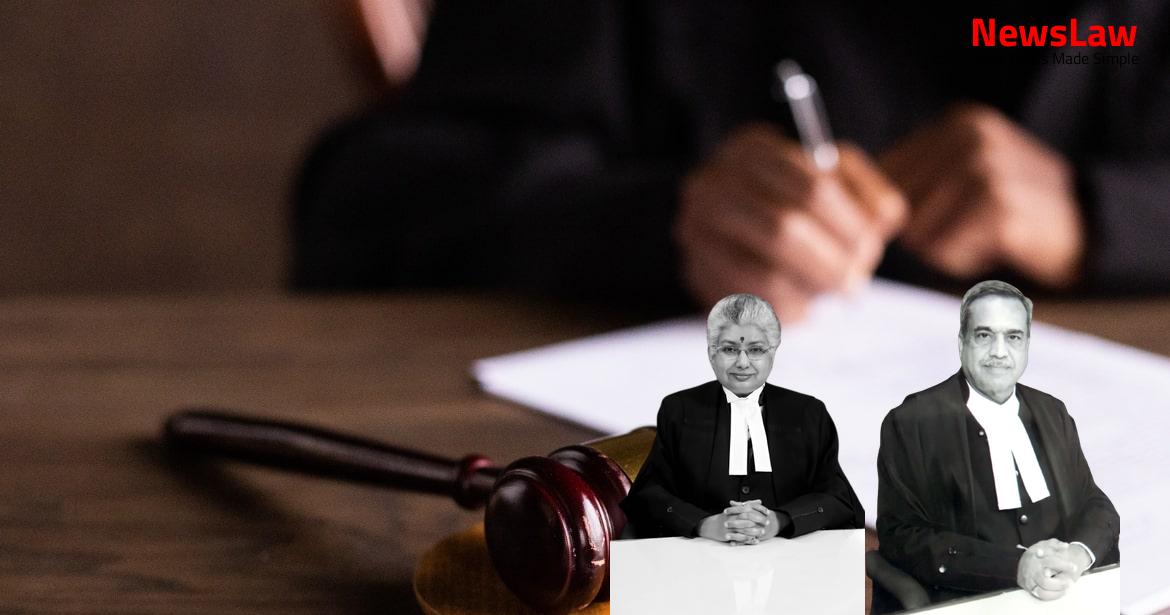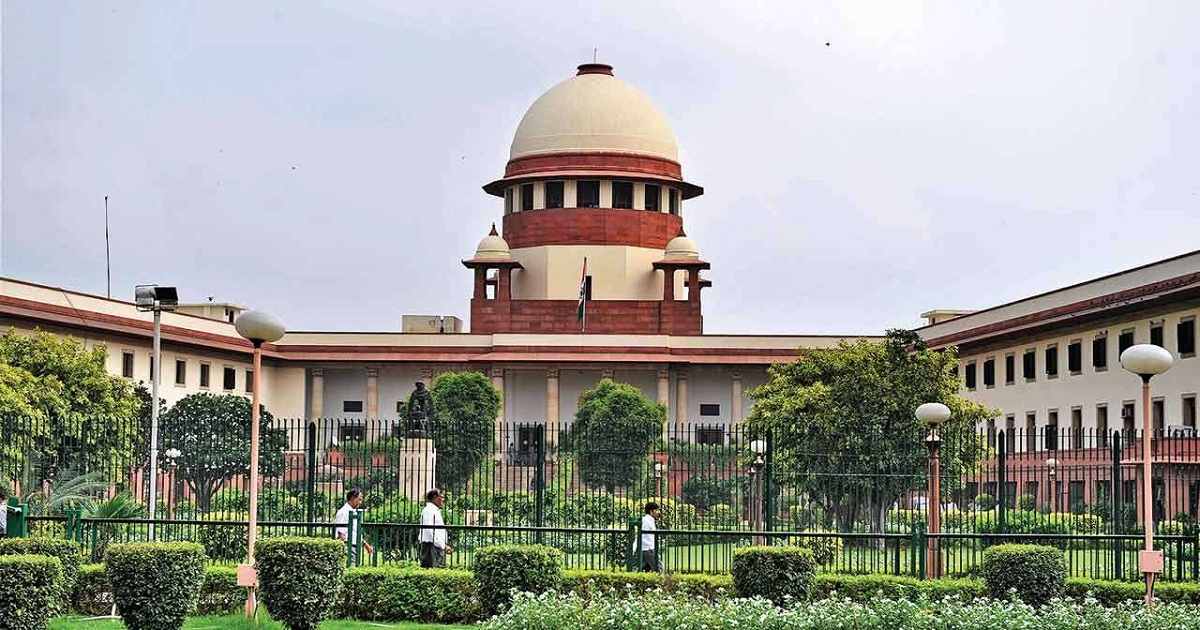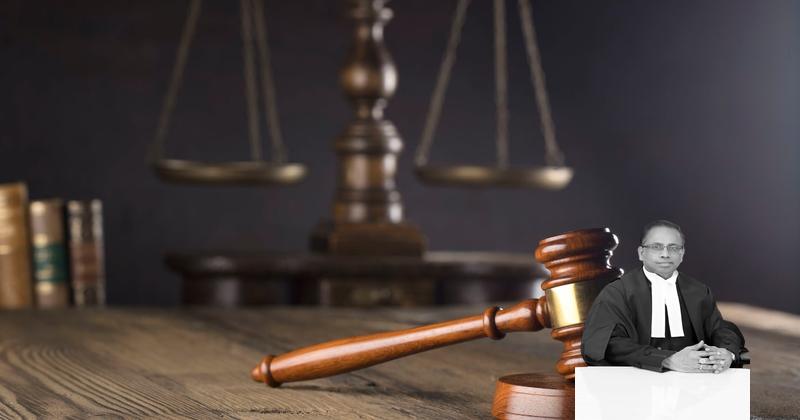In a recent legal case, the court’s critical analysis of identification evidence in criminal convictions sheds light on the significance of Test Identification Parades. This blog explores the court’s examination of witness identification procedures and the weight given to such evidence in convicting accused individuals. Highlighting the legal nuances and implications of relying solely on in-court identifications, the case underscores the importance of procedural safeguards in criminal trials. Stay tuned to unravel the complexities of identification evidence in the realm of criminal law.
Facts
- Accused Amrik Singh and Subhash Chander appealed against the judgment of the Trial Court convicting them under Sections 302/34 and 392 IPC.
- The accused were examined and their statements under Section 313 Cr.P.C. were recorded.
- They denied all incriminating circumstances and pleaded innocence.
- The Trial Court relied on the deposition of PW1 and recovery of Rs.1 lakh to convict the accused.
- The High Court dismissed the appeals and confirmed the conviction and sentence of the accused.
- The prosecution examined 11 witnesses, including the original complainant – eye witness Karamjit Singh, Inspector, Dr. M.M. Singh, and other police officials.
- Accused Subhash Chander and Amrik Singh were arrested based on the disclosure statement of the appellant accused – Amrik Singh.
- PW6 Dr. M.M. Singh conducted post mortem examination on the dead body of Gian Chand.
- A sum of Rs.1 lakh was recovered based on the disclosure statement of co-accused Subhash Chander.
- ASI – PW7 recovered Rs.1 lakh alleged to be looted out of Rs.5 lakhs kept in the scooter’s dicky according to the complainant PW1.
- The appellant accused – Amrik Singh shot the deceased Gian Chand in the chest during a scuffle trying to snatch the scooter of the complainant.
- Post mortem was conducted on 08.05.2001 at about 6.30 p.m. resulting in the death.
- Inspector Karamjit Singh recorded the statement of accused and found the dead body of Gian Chand at the scene of occurrence.
- The motive for the crime was related to a sale deed executed by the deceased’s father in favor of the complainant’s sons.
- The assailants, including accused Subhash Chander, used red chili powder to stop the scooter, resulting in the theft of Rs.5 lakhs from the dicky of the scooter.
- The High Court’s judgment and order are under appeal after the case was committed to the Sessions Court for being exclusively triable by it.
Also Read: Challenging Legal Presumptions in Negotiable Instrument Cases
Arguments
- Absence of test identification parade may not automatically discard the testimony of a witness who identified the accused in court.
- Testimony of a trustworthy eyewitness can be accepted without a test identification parade.
- The conviction of the accused based on the alleged recovery of Rs.1 lakh each is not sustainable.
- The claim of Rs.5 lakhs being carried in the scooter was not proven, making the recovery of Rs.1 lakh each insignificant.
- The accused cannot be convicted solely based on identification in court and recovery of money.
- No Test Identification Parade was conducted in this case, which is fatal to the prosecution’s case as the original complainant did not provide a description of the accused before the investigation.
- Convicting the accused solely based on identification in court without solid evidence is not justified.
- The prosecution failed to prove beyond doubt that the recovered money was from the scooter, as alleged.
- The purpose of Test Identification Parade is to refresh the memory of witnesses and ascertain the direction of the investigation.
- The substantive evidence is the identification in court, not the Test Identification Parade.
- The Test Identification Parade is admissible as corroborative evidence under Section 9 of the Indian Evidence Act.
- The learned counsel for the State heavily relied on the decisions of the court in the cases of Malkhansingh and Md. Kalam.
- The accused failed to explain or account for the recovery of Rs.1 lakh each, which is a significant point in this case.
- The High Court and Trial Court were justified in convicting the accused under Sections 302 and 392 read with Section 34 IPC.
- A recovery of Rs.1 lakh was made from the accused at the place disclosed by them, further strengthening the case against them.
- The appeals are prayed to be dismissed based on the above submissions.
Also Read: Legal Analysis of Admission Irregularities in Educational Institutions
Analysis
- The prosecution failed to prove that the original complainant and the deceased were carrying Rs.5 lakhs cash in the dicky of the scooter as alleged.
- The court found that the recovery of Rs.1 lakh each from the accused was not substantial evidence for conviction.
- The witness did not provide a detailed description of the accused in the initial statements, raising doubts about the reliability of the identification in court.
- No Test Identification Parade (TIP) was conducted, which could have strengthened the case against the accused.
- The FIR and the witness’s deposition had contradictions, leading to concerns about the accuracy of the identification of the accused in court.
- The conviction of the accused was primarily based on the identification by the witness in the court room.
- The witness admitted in cross-examination that he did not know the accused earlier, contradicting the identification made in court.
- The witness attempted to enhance the case by claiming to have seen the accused in the city on one or two occasions, which was not originally disclosed.
- The purpose of TIP is to test and strengthen the trustworthiness of evidence.
- It is considered prudent to look for corroboration of witness testimonies about the identity of strangers accused in court through earlier identification proceedings.
- The decision in the case of Md. Kalam is not applicable to the current case.
- Failure to hold a Test Identification Parade (TIP) does not make the evidence of identification inadmissible in Court.
- Convicting the accused solely based on their identification for the first time in Court is not safe or prudent.
- The judgment and orders by the Trial Court and High Court convicting the accused are unsustainable and should be quashed.
- The weight of identification evidence should be determined by the courts of fact.
- The Trial Court and the High Court made a grave error in convicting the accused.
Also Read: Legal Analysis: Driver Appointment Dispute
Decision
- The impugned judgment and order convicting the accused under Sections 302 and 392 IPC are quashed and set aside.
- The accused are acquitted from the charges.
- The appellants – accused are to be released immediately unless needed in another case.
- The appeals have succeeded and are allowed.
Case Title: AMRIK SINGH Vs. THE STATE OF PUNJAB (2022 INSC 667)
Case Number: Crl.A. No.-000993-000993 / 2012



